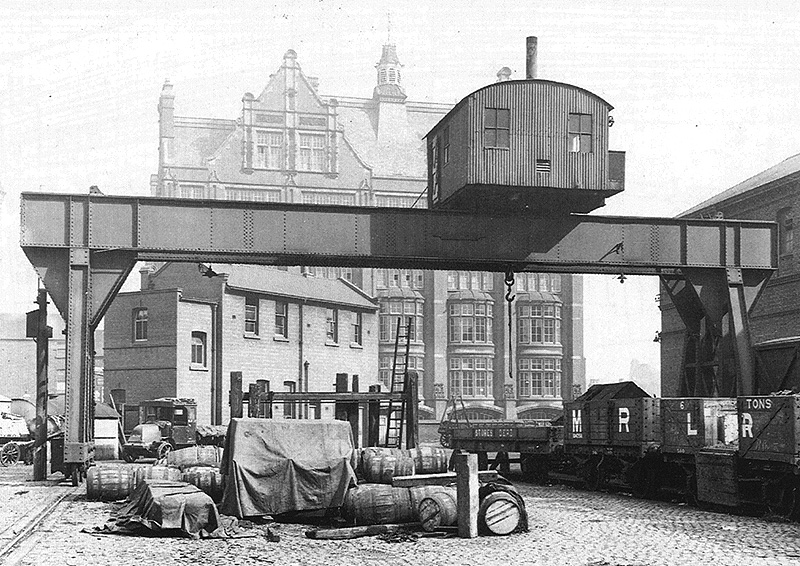Hi, something that's puzzled me for some time is the description of Padiham goods yard (on the Great Harwood / North Lancashire loop line), the book I have calls it a "10 ton travelling or Goliah crane" - I presume they meant Goliath?
Anyway, it was situated between 2 pairs of sidings, each having two lanes (so 4 in total) and the book says it was able to reach across all four sidings.
What kind of crane would this have been around 1900? e.g. would it have moved side to side suspended from a gantry?
The O/S map (1912) shows it also moved forward / backwards?
Can anyone describe to me / show me any photos of the kind of crane it would probably have been please.
Thanks,
Andy.
Anyway, it was situated between 2 pairs of sidings, each having two lanes (so 4 in total) and the book says it was able to reach across all four sidings.
What kind of crane would this have been around 1900? e.g. would it have moved side to side suspended from a gantry?
The O/S map (1912) shows it also moved forward / backwards?
Can anyone describe to me / show me any photos of the kind of crane it would probably have been please.
Thanks,
Andy.


